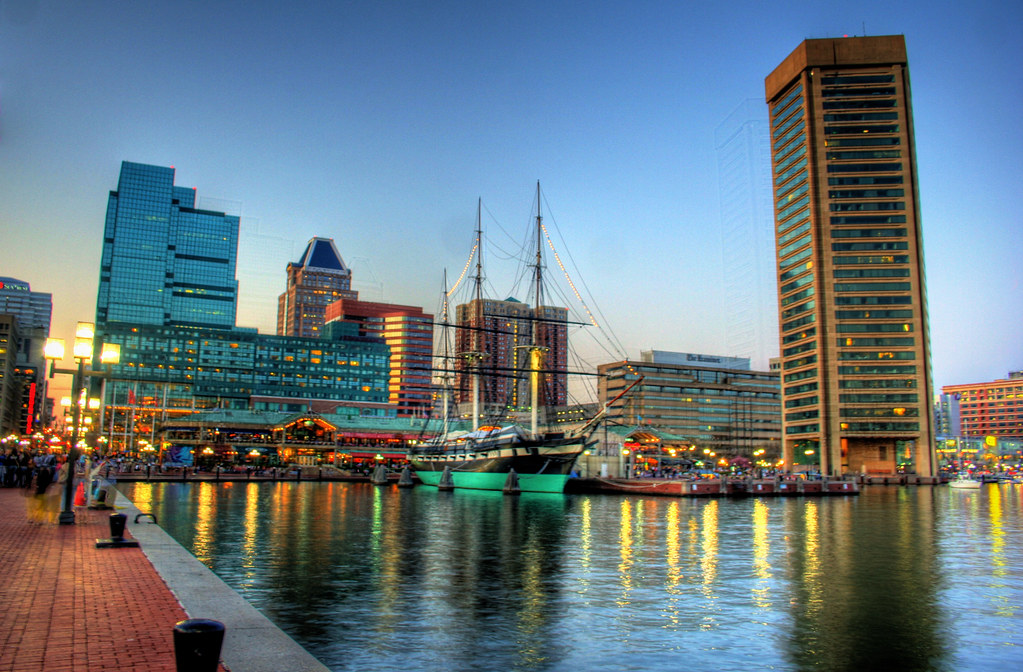 Washington, DC’s Metropolitan Area Transit Authority, which operates Metrorail and Metrobus service in the region, brings large, tangible benefits to the DC-area economy. A new report from WMATA, prepared by AECOM and Smart Growth America, details just how big these benefits are.
Washington, DC’s Metropolitan Area Transit Authority, which operates Metrorail and Metrobus service in the region, brings large, tangible benefits to the DC-area economy. A new report from WMATA, prepared by AECOM and Smart Growth America, details just how big these benefits are.
“WMATA Regional Benefits of Transit” (PDF) examines Metro’s impact on several aspects of the DC-area economy, including how public transit supports businesses, workers, families, visitors, and the region’s largest employer, the federal government.
The report found that Metro is an outstanding investment of public funds. Access to Metrorail significantly boosts property values and tax revenues for the city. Real estate located within ½ mile of a Metrorail station represents 27.9% of the area’s tax base on just 4% of its land, including 68.1% for DC, 15.3% for Virginia, and 9.9% for Maryland.
Metro supports businesses, and economic activity tied to Metro’s presence is critical to the success of the region. Claude Anderson of the Metropolitan Washington Restaurant Association is quoted in the report’s executive summary:
We have come a long, long way from the bad old days of a deserted, dilapidated and dangerous downtown during the evening hours and few destination retail and entertainment neighborhoods. The establishment and growth of vibrant areas such as Penn Quarter, Ballston, U/14th Street corridors are directly attributable to transportation access for patrons, visitors and employees.
Collectively, Metro saves DC-area families $342 million per year in car operating expenses. Home values may increase near rail stations, but families save significantly on transportation costs each year.







 Years from now, I want my grandchildren to enjoy living in Maryland as much as I do. That’s why I support PlanMaryland.
Years from now, I want my grandchildren to enjoy living in Maryland as much as I do. That’s why I support PlanMaryland.